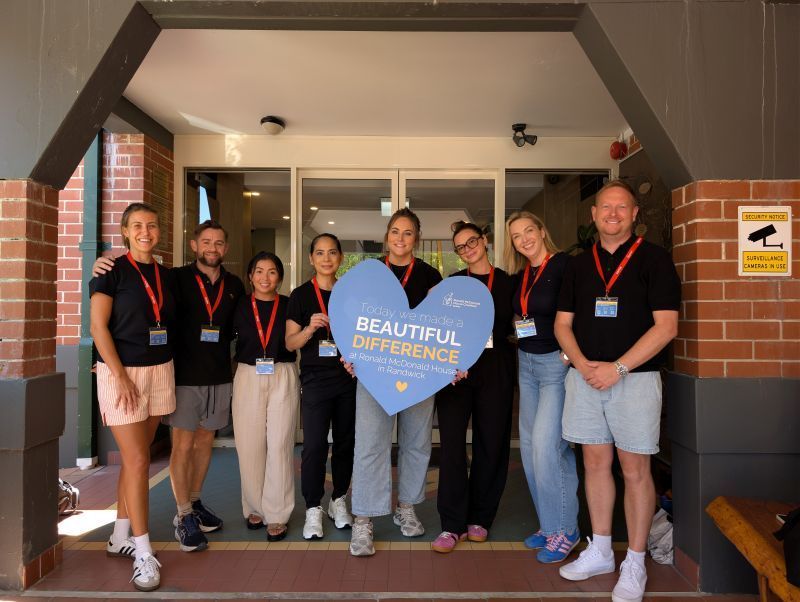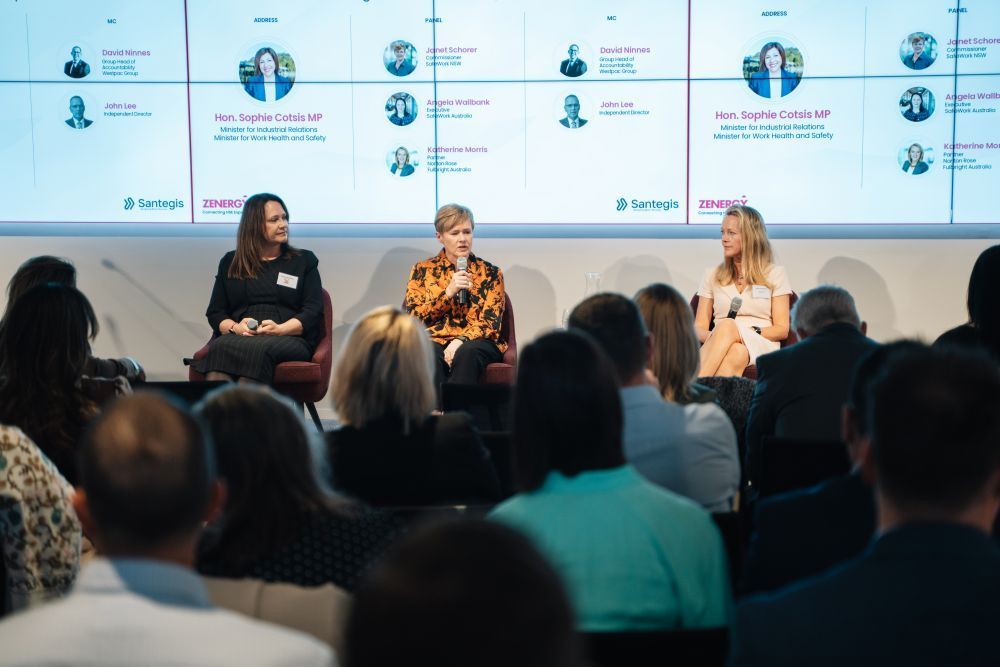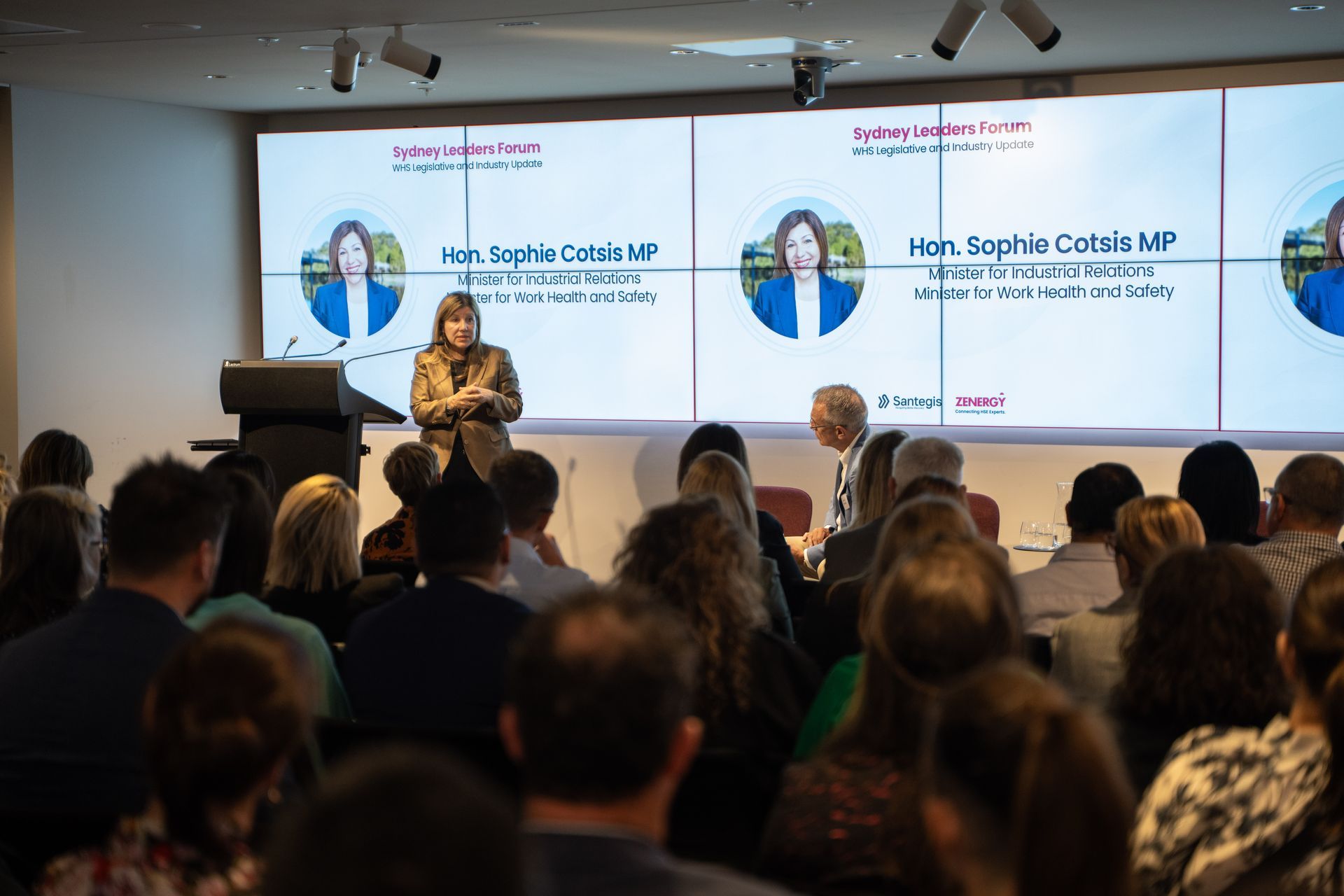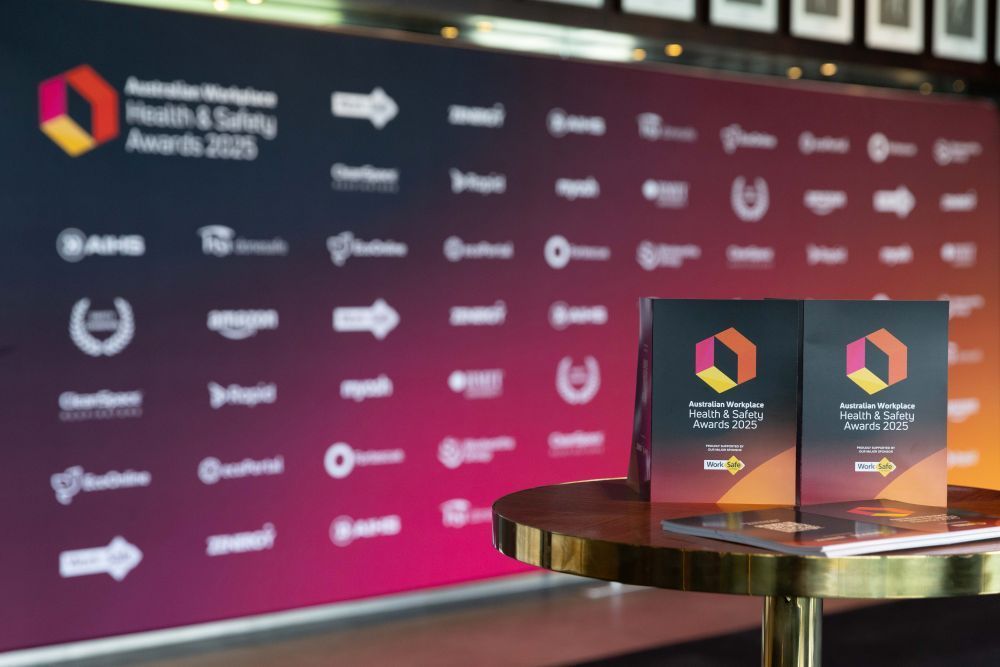Client Focus: Snowy Hydro Partnership | Zenergy
By Jason O’Dowd
Recruitment - Health Safety Environment & Quality
I have been fortunate to support this iconic organisation and project in many formats over the past 5 years and including recent HSEQ placements on the 2.0 project, Snowy Hunter Power Project and in the Snowy business, have assisted almost 20 Health & Safety, Environment and Quality professionals to land their dream roles and join the business or projects. I have developed relationships at all levels and am a trusted advisor to the organisation. If you have career aspirations in Health Safety Environment and Quality.
Although the Snowy 2.0 project is one of the biggest infrastructure projects in Australian history, the feeling onsite is still a warm and friendly family feel with the surrounding towns really embracing the project and welcoming the 2000+ workers to the area.
Generally, most people on the Snowy 2.0 project are working to a 2/1 roster (Two weeks on, one week off) and will have a partner doing the same back-to-back roster which covers the works.
This roster encompasses 10-hour days, sleeping in a ‘camp style’ accommodation which gives you the chance to bond with your fellow workers which in turn aids in productivity during the workday. Snowy 2.0 currently employ over 2,500 people, who are spread across the three main sites being Lobs Hole, Marica and Tangtangara. Given its location in the Snowy Mountains, the Snowy 2.0 project poses a unique set of environmental and climate factors, which brings sleet & snow in the winter and high and dry temperatures in the summer. The location is also made up of areas of difficult terrain which presents significant geotechnical uncertainty for construction with a difference of 700m in elevation across some areas.
I visited the site last year and was very grateful to be taken around the construction and manufacturing sites by the HSEQ team. If you are interested in working on energy projects in Australia, I would love to hear from you and may be able to help.

About Snowy Hydro
Snowy Hydro has been providing on-demand, reliable energy to Australia for over 70 years. It began in 1949 with the construction of the Snowy Mountains Hydro-electric Scheme.
Since then, the company has grown into an end-to-end, integrated energy provider. From 1949, when the first blast was fired, to 1974, when the physical works of the scheme were completed, over 100,000 men and women from more than 30 countries have worked on this ground-breaking project that now powers homes and businesses across Australia.
In total, we have 16 power stations, plus a pumping station, and have more than 5,500MW of generating capacity across New South Wales, Victoria and South Australia.
We have also recently expanded our renewable portfolio to include contracted energy with 10 wind and solar projects.
Snowy Hydro 2.0
In 2019 we commenced construction of the Snowy 2.0 project. This pumped-hydro expansion of the Snowy Scheme will link two existing dams, Tantangara and Talbingo, through a 27km underground tunnel and a new underground power station. It is a nation-building project that will underpin Australia’s transition to renewables.
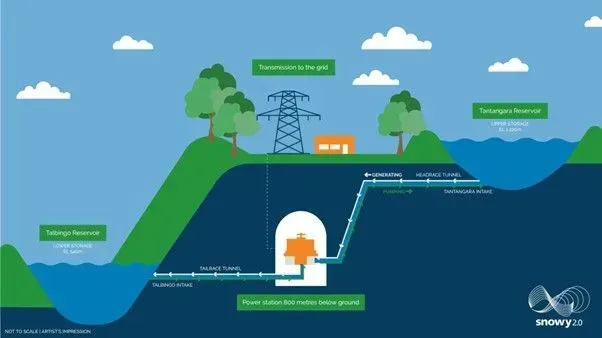
The Snowy Scheme sits in the heart of Kosciuszko National Park. Snowy Hydro manages 6,400 hectares of the park and around 24,000 hectares of freehold land. This includes 600km of foreshore around storages including Jindabyne, Eucumbene and Tantangara.
FGJV
Future Generation Joint Venture (FGJV) is the principal contractor for Snowy Hydro’s Snowy 2.0, Australia’s largest committed renewable energy project. Bringing the combined engineering expertise of three companies – Italy’s Webuild (formerly Salini Impregilo), Australian-based Clough and US-based Lane Construction. The Future Generation teams deliver a wealth of experience to Snowy 2.0, each having been at the forefront of the design and construction of landmark projects in Australia and globally.
FGJV is planning, engineering and delivering the Snowy 2.0 project and aims to enhance and benefit the Australian community. We will create a positive and sustainable legacy for future generations while protecting the unique Snowy Mountains region.

